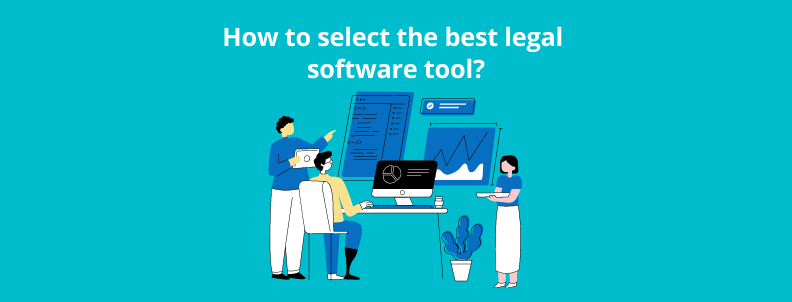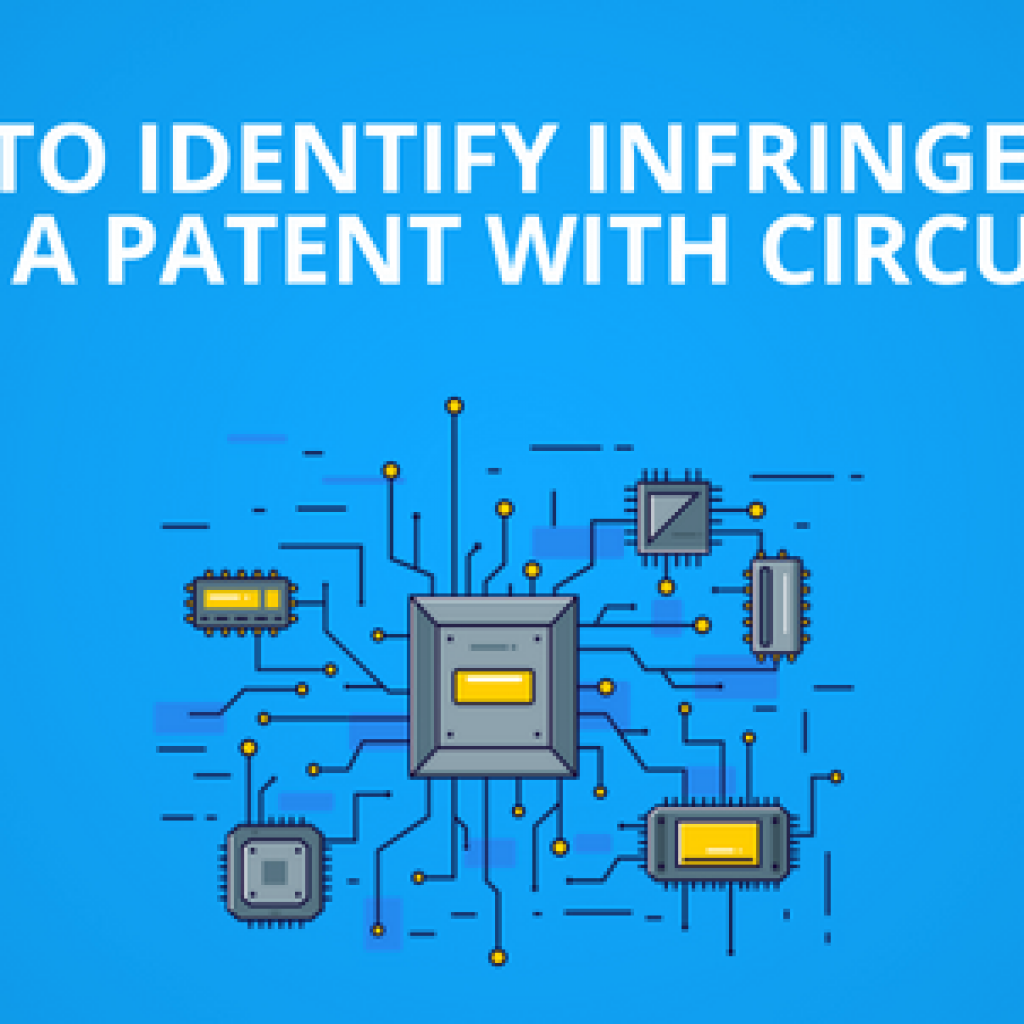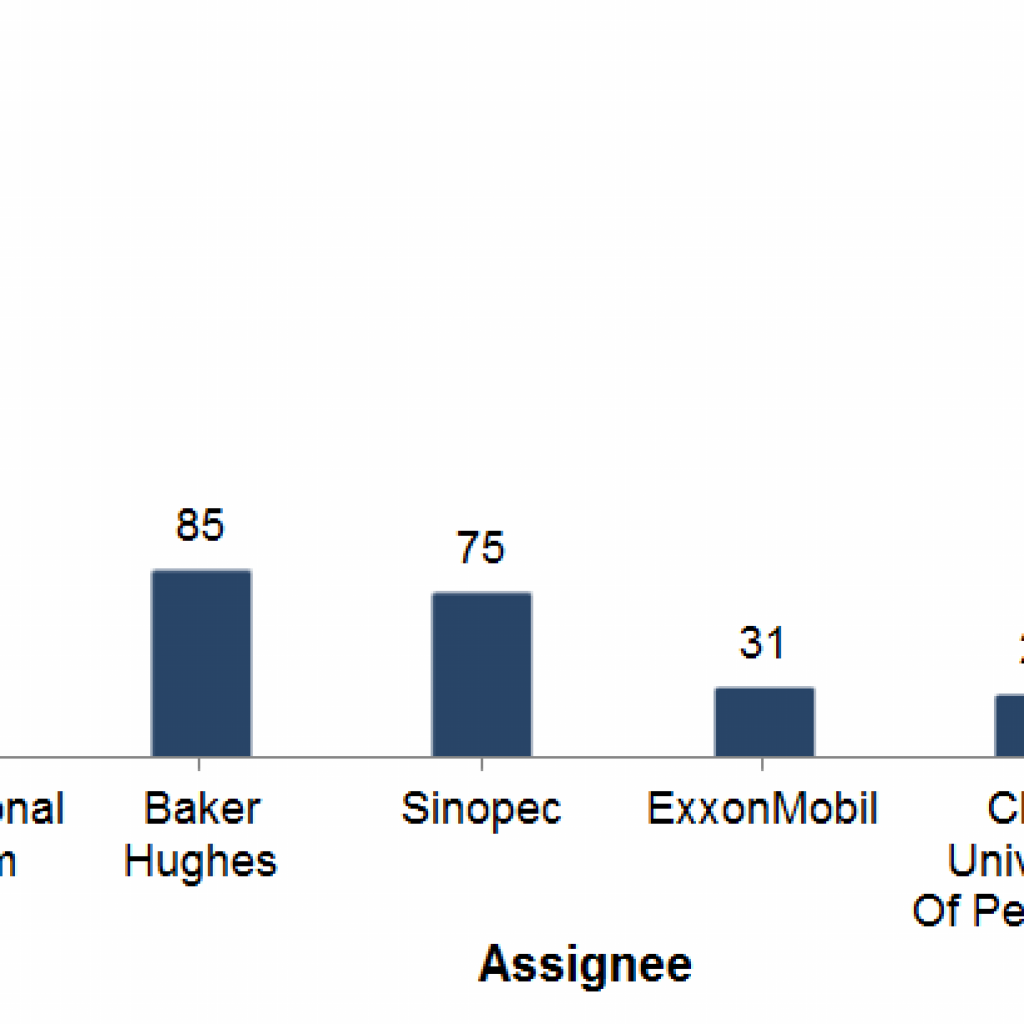I’ve seen docketing systems missing lots of basic checks that can be programmed in a day. For instance, I’ve experienced IDS filing systems that do not check if cited references are in sync with family members. These are basic checks that’d be in the muscle memory of a paralegal working on IDS Preparation. I am yet to meet someone from the IP industry who is completely happy with a legal software tool available in the market.
The software is equivalent to pipes that move data from one location to another. These software programs are not aware of what the data is representing or how it is being used.
This isn’t just the case with IP but is mostly true for enterprise software at large. But it’s not the same when it comes to consumer software, right?
Well, comparing consumer software with enterprise software is like comparing the past with the future. That’s because the best design practices that make today’s consumer apps so seamless are largely ignored by business-focused software.
Though there are few companies like Slack and Superhuman which are changing this notion, most of the business apps still look straight from the 90s.
So, why are enterprise software companies falling behind?
Consumer apps have evolved much faster than business apps for the following reasons:
- Ease of switching – The friction to switch to a new solution is too low in consumer software. How many times have you tried a new to-do app just because it had one more feature?
You can’t do that in a professional environment. Just think of all the data that is now locked or a million small processes that are spawned out of a legacy system. It’s an invisible octopus with its tentacles in every department. Abandoning the current docketing system or IP management software is a massive initiative.
- Sheer volume – Compared with the business side, there are far too many companies building apps for consumers. There are a lot of opinions on how to solve a problem, and many more things are tried out.
- No strings attached – There are a lot of factors involved when picking a vendor for enterprise software. The person picking the software unknowingly attaches their reputation to the vendor. That’s why you will rarely see people recommending enterprise software to each other. It’s a big decision because of the reasons mentioned above, and stakeholders move cautiously along this one-way road of selecting software vendors.
- Marketplaces – There’s no analogous to Play Store or App Store for enterprise software. You can’t simply read a review from fellow business people and decide to jump in the same boat. Procuring software from big players is too pricey and involved. On the other hand, small players are risky to trust. It’s difficult to form the perfect equation with these many variables.
As a consequence, enterprise software companies now have hostages instead of customers!
When you are out looking for enterprise software suitable for you, you are faced with myriad questions like:
- Things work differently at my place, will their solution fit into our ecosystem?
- Can this vendor play a long-term game? Will this company still be around 10 years hence?
- Who are the existing customers? Is anyone from my industry using them?
- How fast are they? And how much will it cost? Do I have to compromise on one?
- Can they work out with all the stakeholders involved (IT, Security, Legal, etc) and iron out the issues themselves?
Even when you find a vendor that seems to tick most of the above questions, you might end up realizing that they don’t understand your problem.
Readymade solutions don’t fit your needs.
To understand why the gap between your problem and the vendor’s solution arises, we need to focus on the following two pieces of the puzzle:
Customization or Personalization?
Every textbook says customization is the key to success. They teach this skill in product development boot camps on how to make products modular. This works really well if you are delivering the end product to developers. For instance, look at this advertisement from Twilio.

They offer solutions to send text messages. Like, if you receive an office action, get an alert on Whatsapp. Since Twilio needs developers to integrate their service (sending messages), they are pitching their product directly to developers. In short, their solution needs developers to work. This kind of business model works if you have an in-house developer team. This team can do the work of stitching your product.
If you don’t have an in-house development team, then you have to hire one from outside. They can customize the solution. But for personalization, you need to make them understand what a personalized solution looks like, which is no piece of cake. The outside development team is missing your domain knowledge, which is the other piece of the puzzle.
Also, Read – How to leverage the power of Salesforce in Patent portfolio management?
Domain Knowledge
It’s difficult to build personalized products if the designer has not experienced the problems first-hand. It’s like an architect designing the best firefighting department and putting it on the eight-floor.
Some of the best products were designed by people who themselves were frustrated with existing options. The Basecamp founders were not happy with existing solutions, so they designed their own software. Another example is Git. It was built by Linus Torvalds to manage the code he had been writing.
For these people, the problems were obvious and could be solved, yet no vendor was doing it, or even worse, doing it wrong. Why? Because the existing vendors solving the issue were missing their domain knowledge (in our case, Knowledge of Intellectual Property laws). For example, generic vendors are not aware of the prosecution cycle, or the difference between priority and filing dates, and more such information that you and I know at our fingertips.
Conclusion
When domain expertise takes the driving seat, it leads to a smooth product with 10x efficiency. But alas! Most software vendors skip this step because it requires commitment and patience.
At GreyB we are building products with deep IP knowledge embedded in them. We know that scanning terminal disclaimer file wrappers can discover new family members. We bridge the gap between IP software features and IP professionals’ needs so that they fit seamlessly into your existing workflows.

Authored By: Anmol Saini, Software Development team










